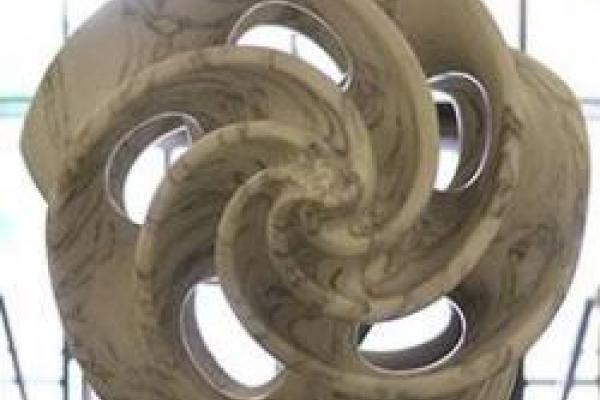
Title: The classical continuum without points
Speaker: Stewart Shapiro (OSU)
Abstract: Aristotle came remarkably close to the contemporary account of continuity, the so-called—and ironically called—“classical conception”, traced to Georg Cantor and Richard Dedekind, especially in comparison with Aristotle’s main opponents on these matters, the atomists. For Aristotle, a continuum is infinitely divisible, in the sense that it has no smallest parts. And it is Archimedean.
There are two well-known differences between the Aristotelian and the contemporary conceptions. For Aristotle, continua—concerning time, space, and motion—are not composed of points. The parts of a line segment, say, are other line segments. Second, and closely related, Aristotle rejects the actual infinite, in favor of the potentially infinite. This was a popular view, one can call it “received”, throughout history, until the start of the twentieth century.
After a sketch of the relevant Aristotelian conception of continua, we present an account of a one dimensional continuum that is not composed of points. The first-order variables range over regions of our envisioned universe, a “gunky” line. The account uses the primitives of mereology and of plurals (or sets). That is, it invokes plurals (or sets) of (gunky) regions. In contrast to Aristotle, however, the present account makes heavy use of the actual infinite. We speculate on adjustments that would make the system even more palatable to Aristotle. We close with a sketch an extension of the account to continua of two, or more, dimensions.
(Joint work with Geoffrey Hellman.)
